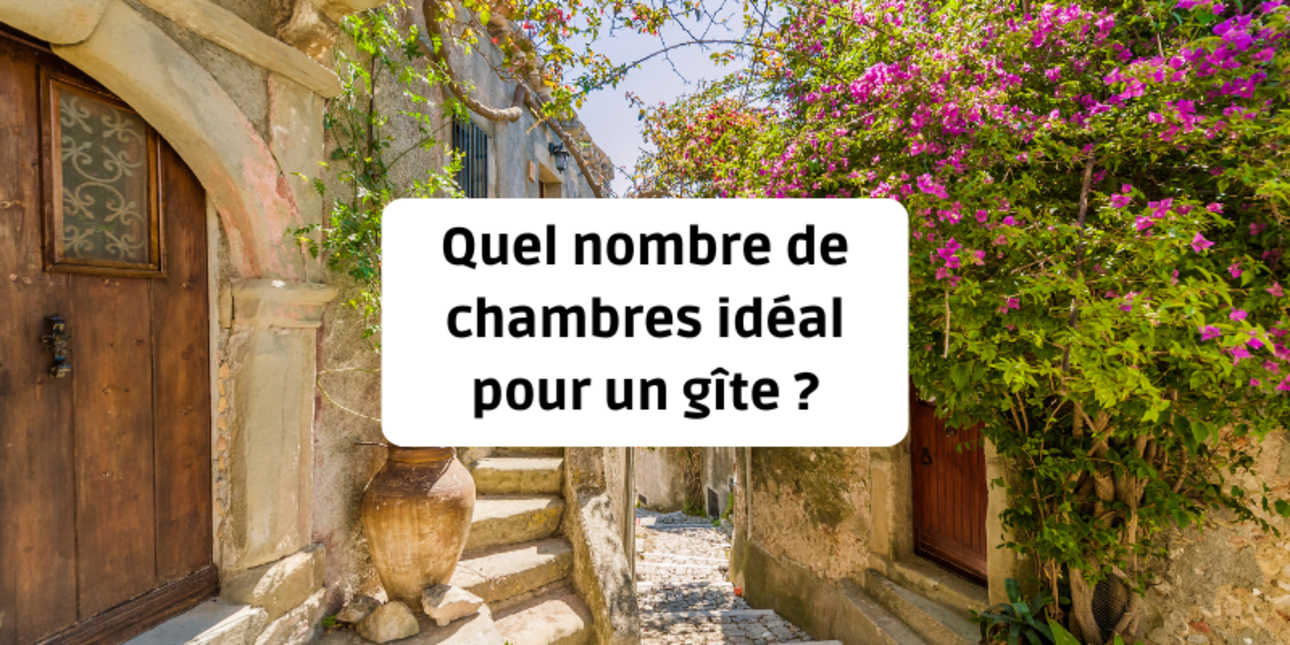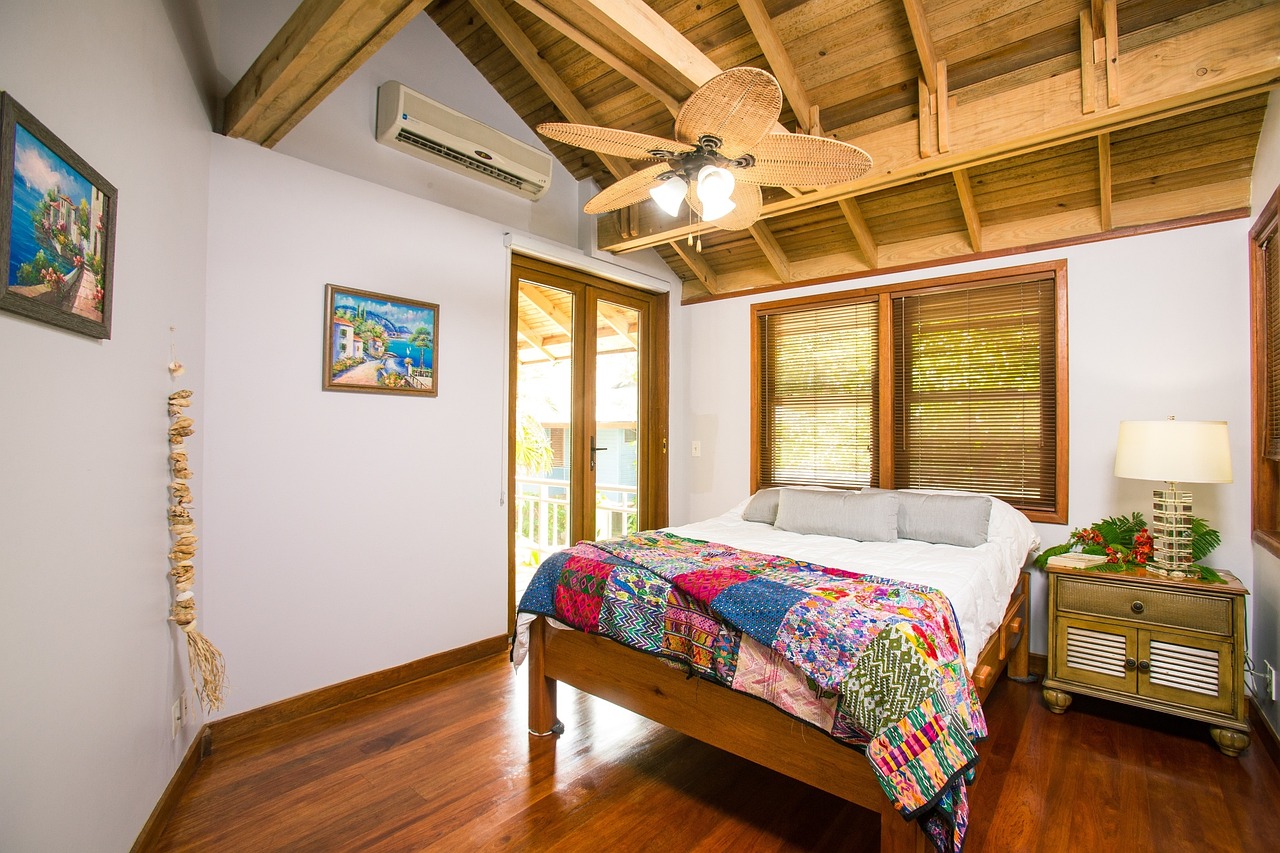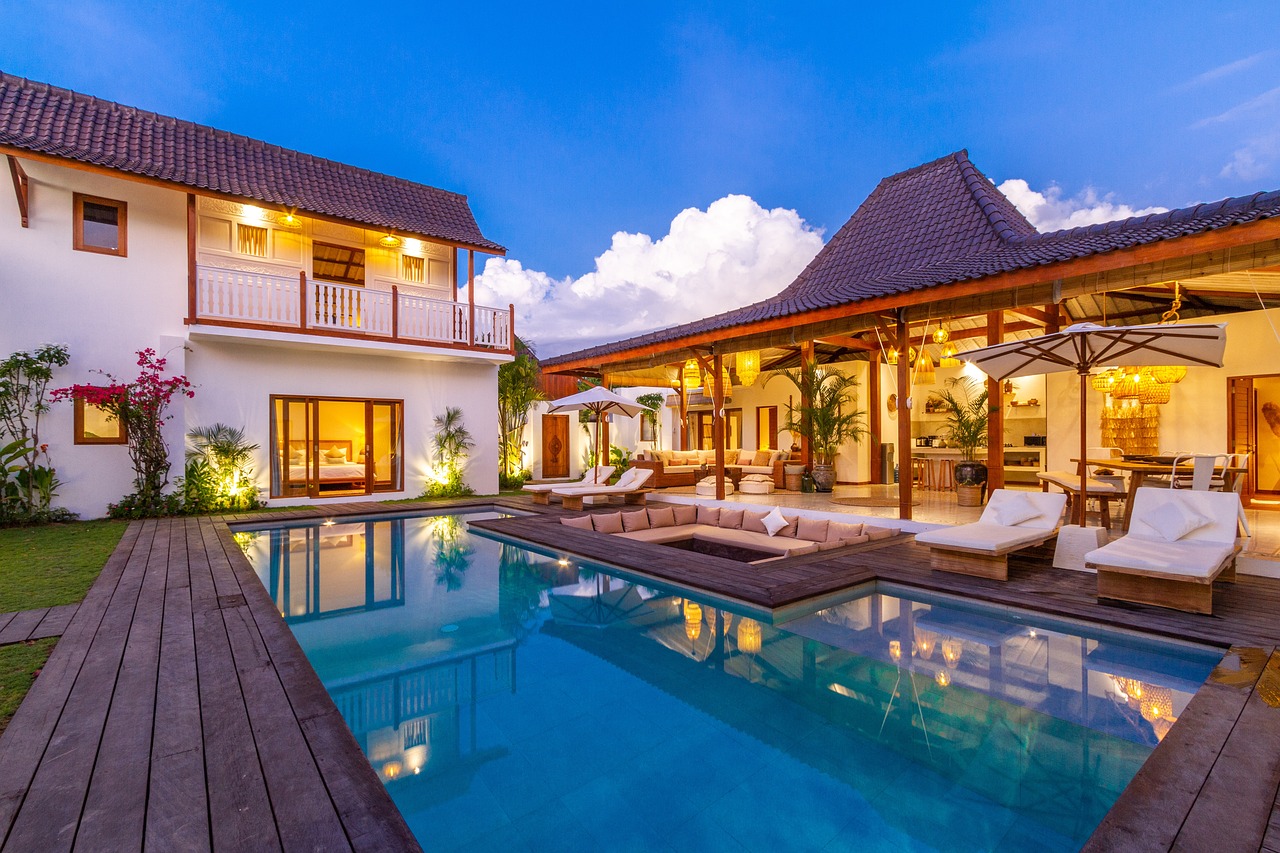
When considering open a gîte one of the crucial questions to ask yourself is the ideal number of rooms to offer. This decision will have a significant impact on the profitability, management and appeal of your establishment to potential customers. Let's take a look at the different aspects to consider when determining the optimum number of rooms for your accommodation. Furnished accommodation can have a major impact on seasonal demand and turnover.
Before deciding on the number of rooms, it is essential to study the demand in your region, and more specifically in your local area.  Analysis local tourism trends, seasonality, and the types of customers who frequent your area. For example, a region popular with family tourism during the summer holidays might justify a gîte with more bedrooms. On the other hand, a romantic destination for couples would probably require less space. In France, the classification of gîtes and the way tourists are received differ from region to region and from season to season. You should also check local regulations on accommodation, including laws on seasonal rentals.
Analysis local tourism trends, seasonality, and the types of customers who frequent your area. For example, a region popular with family tourism during the summer holidays might justify a gîte with more bedrooms. On the other hand, a romantic destination for couples would probably require less space. In France, the classification of gîtes and the way tourists are received differ from region to region and from season to season. You should also check local regulations on accommodation, including laws on seasonal rentals.
The number of bedrooms has a direct impact on your initial investment costs and potential income. A gîte a larger property requires a greater investment, but can generate a higher income. Carefully assess your budget and long-term financial objectives to find the right balance, taking into account the price per night. You should also take into account the rates for the high and low seasons. Prices may vary depending on the activities available in the area and the extra services you offer.
Running a gîte takes time and energy. The more rooms you have, the greater the workload in terms of cleaning, maintenance and managing bookings. Make sure you have the resources you need to effectively manage the number of rooms you envisage. Don't forget to consider staffing requirements and the services to be offered to guests, such as internet access, linen management and maintenance of facilities. The facilities must meet safety standards, including fire standards.
A small gîte with 1 or 2 bedrooms can be ideal for owners who want to start small or target a specific clientele such as couples or small families.  These gîtes offer an intimate atmosphere and are generally easier to manage. It is essential to have a living room and a convivial room to ensure the comfort of the occupants. Make sure that the bedding is suitable for the number of people and that the gîte is well equipped for a pleasant stay. Renting this type of gîte is often easier to manage, with a better layout for short stays.
These gîtes offer an intimate atmosphere and are generally easier to manage. It is essential to have a living room and a convivial room to ensure the comfort of the occupants. Make sure that the bedding is suitable for the number of people and that the gîte is well equipped for a pleasant stay. Renting this type of gîte is often easier to manage, with a better layout for short stays.
This configuration is very popular because it provides comfortable accommodation for families or small groups of friends. A seasonal house with 3 or 4 overnight bedrooms offers a good balance between profitability and management, while remaining attractively priced for a wide range of tourists. The owner can offer a range of services to suit families and friends, such as a private outdoor space or a garden in the heart of nature. It is important to ensure a good level of equipment and comfort, and to provide easy access to amenities. The management of bookings via a website (e.g. Airbnb, Booking, Gîte de France, etc.) and the preparation of the accommodation should also be optimised.
Large gîtes are ideal for groups, family reunions or company seminars. They can generate significant income but also require more investment and work to manage. The provision of additional services such as a swimming pool, garden or leisure area can enrich the guest experience and make all the difference. The presence of a car park is also a major asset for this type of establishment. Don't forget to consider the additional costs involved in maintaining and securing these facilities. To attract larger groups, it is also crucial to have facilities such as a well-equipped medium-sized kitchen and to provide meals or lunches if required.
Advantages :
Disadvantages :
Advantages :
Disadvantages:
Advantages :

Disadvantages:
To determine the optimum number of bedrooms for your home, follow these steps :
Whatever the size and space of your home, flexibility is a major asset. Consider ways of adapting your offer, such as extra beds, sofa beds or the possibility of connecting certain rooms. This will enable you to accommodate a wider variety of groups and maximise your occupancy rate. You should also consider equipping the rooms with accessories that meet the needs of the people staying in your accommodation. Amenities such as a sauna, toilet facilities (shower, toilet, washbasin, etc.) or internet access can also enhance the standing of your gîte.
Choosing the ideal number of rooms for your gîte is a crucial decision that will greatly influence the success of your business. By taking into account the factors mentioned above and carefully analysing your personal situation and the local market, you'll be able to make the wisest choice. Don't forget that flexibility and quality of welcome are just as important as the number of bedrooms in ensuring the success of your bed and breakfast. Make sure you meet safety and compliance standards to provide a safe and comfortable environment for your guests. Equipment such as crockery, linen and dining facilities should also be adapted to the capacity of the property to ensure a pleasant experience.
1. How do I sell a gîte?
2. Where to buy a gîte
3. How much does a night in a gîte cost?
4. How profitable is a gîte?
5. Buying a gîte or creating a gîte: which should you choose?
6. What are the formalities for opening a gîte?
7. The different types of gîtes
8. Taxation of gîtes
9. Gîte labels: a guarantee of quality for your rural accommodation
10. Gîte classification
11. Running a gîte as a business
12. How to communicate effectively for a gîte
13. How to choose the best platform for your gîte
14. What criteria should I take into account when buying a gîte?
15. Furnishing and decorating a gîte
16. The advantages of a large plot for your gîte
17. What are the essential features of a self-catering cottage?
18. Should a swimming pool be installed for a gîte?
19. What price should I pay for a gîte?